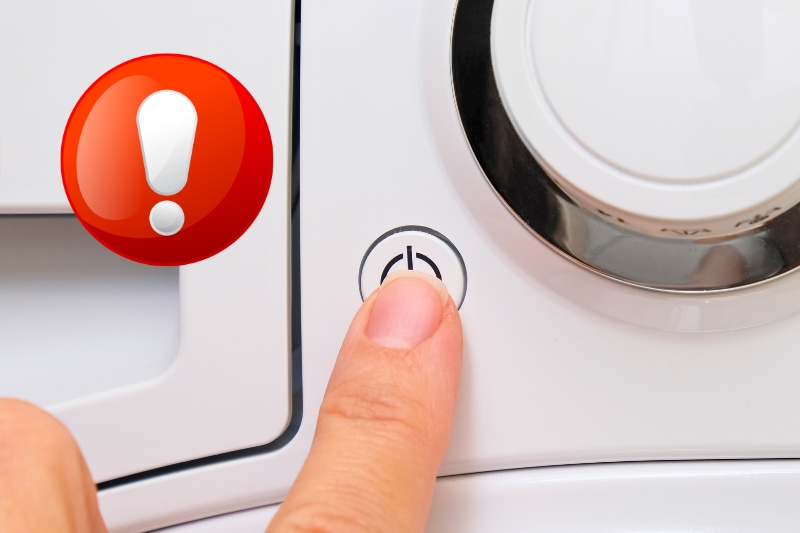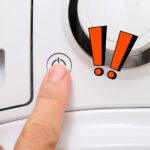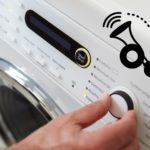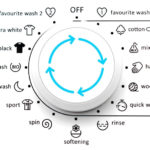Picture this: You get up early, rifle through the washing basket, pick your load and take it down to the washing machine. You stick the dirty clothes in the drum, add detergent, and fire up the machine.
But absolutely nothing happens.
To say that it’s a testing time when the washing machine won’t switch on is an understatement.
But before you dash off to buy a new appliance, flick through the common reasons why your machine might not be turning on below. Your issue might be easier to fix than you think (and cheaper!). Keep on reading.
Why Isn’t My Washing Machine Switching On?
There are a number of reasons why your washing machine isn’t turning on. They range from the basic “You haven’t got electricity” to more serious issues like a broken motor. Continue reading to learn more about these common causes.
Cause 1: Power-related problem
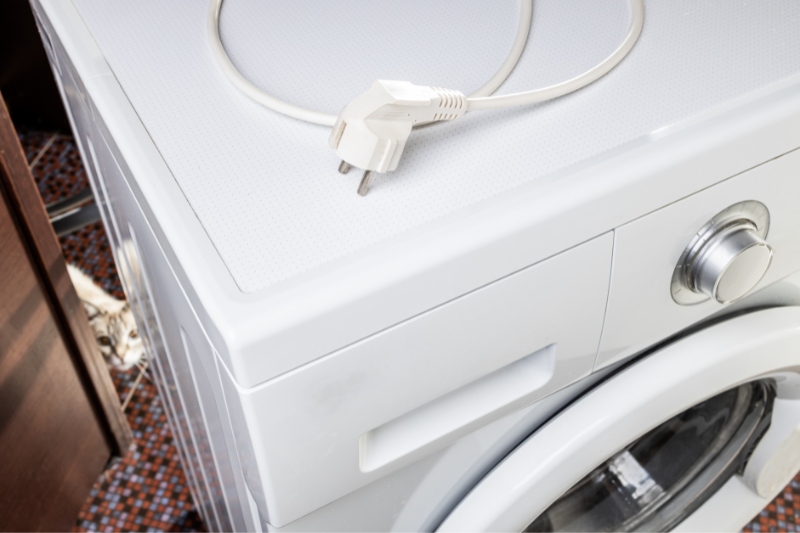
One of the most straightforward explanations for why your washing machine isn’t turning on is that there’s something wrong with the electricity going to the machine.
It’ll come as no surprise to hear that a washing machine needs electricity to work effectively.
However, many electric-related problems are overlooked because people assume the worst-case scenario and condemn their appliance to the tip without checking the basics!
Take note of the following:
Does the house have electricity?
It may seem silly, but a good first step to take when getting your washer up and running is to ensure your home has power. If your house doesn’t have electricity, none of your appliances will work.
Solution: Flick the light switches in your house to see if the lights come on. If the lights don’t come on, check the breaker box.
If all is well with the box, assume there’s a power outage in the area. You can check online to see if your area is suffering from a power cut. The website will also advise you on what steps you should take and how long the electricity will be down.
Is the washing machine plugged in properly?
Sometimes, the plug going from your washing machine and into the electric socket comes loose. It’s not a big deal, and it’s not too surprising, considering the washer vibrates around quite a lot. It can, however, prevent the machine from turning on.
Solution: Check that the plug is in the socket correctly.
Make sure the plug is switched ‘On’
When you’re checking to see if the plug is in the socket properly, take a second to check that the switch is still in the ‘On’ position. If the switch has flicked to the ‘Off’ position, the power won’t run to your machine, and it won’t start up.
Solution: Check the switch is in the ‘On’ position.
Test the electric socket
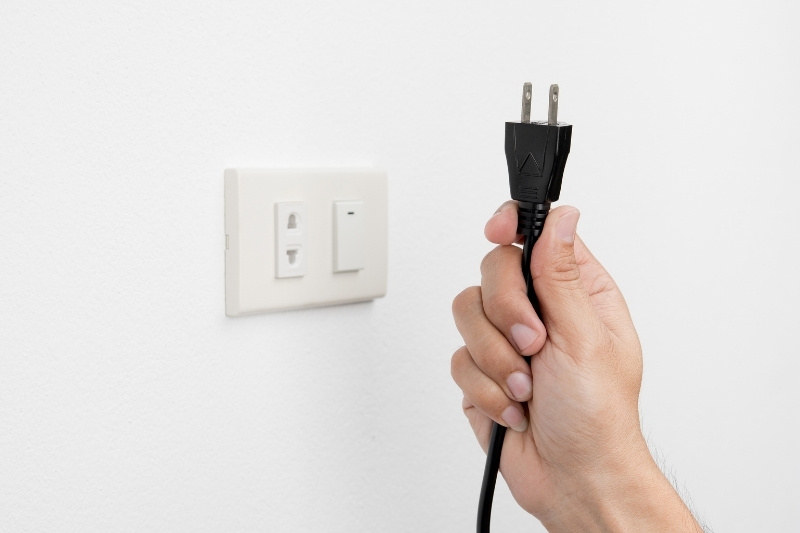
Occasionally, the electric socket itself stops working. This means that no power will run to the washing machine.
Solution: Grab a hairdryer and another item like a lamp and plug each item into the socket (one at a time). Turn the switch ‘On’ and see what happens. If the lamp doesn’t light up or the hairdryer doesn’t blow hot air out, you can assume there’s an issue with the socket itself.
It’s worth using multiple items to test the socket, just in case there’s a problem with one of your ‘test items’ and you get a faulty reading.
If the socket is faulty, you can try and sort the issue out yourself. Or you can use the safer option and call an electrician instead.
Check the fuse
The fuse might’ve blown, so the washing machine won’t turn on.
Solution: Replace the fuse.
Ensure the washer’s cable is intact
Check the power cable that runs from your washer to the plug socket for any rips or cracks. If there is obvious damage to your cable, there could be some electrical interference, which can explain why the machine isn’t working properly.
Solution: If you feel confident, wrap the exposed wires in electrical tape. Or, call an engineer out to sort the problem.
Check the breaker box
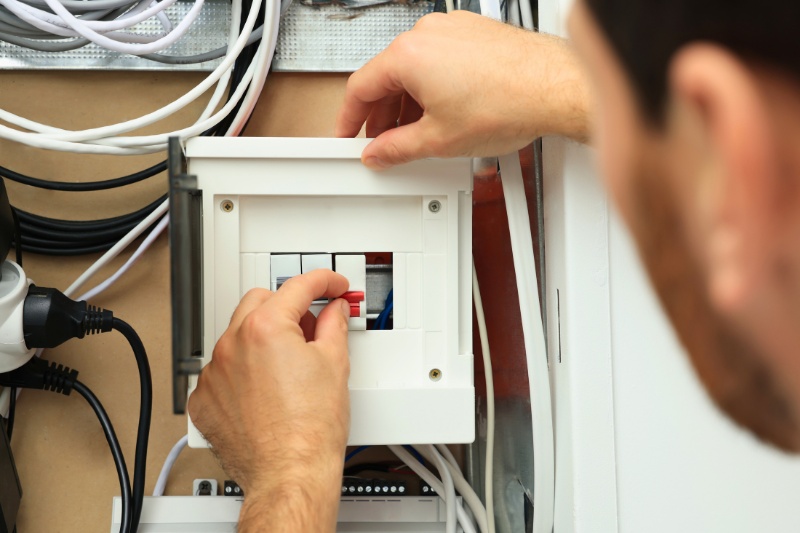
Have a look at the breaker box in your home, and ensure that none of the switches have tripped and gone into the ‘Off’ position. If a switch has tripped, there won’t be power going to the appliance. Hence, it isn’t turning on.
Solution: Flick the switches back to the ‘On’ position.
Cause 2: User error-related problems
Sometimes, a washing machine won’t turn on, and it’s not because there’s something significant wrong with it; it’s actually because of its user.
Take note of the following:
You’ve not selected a cycle
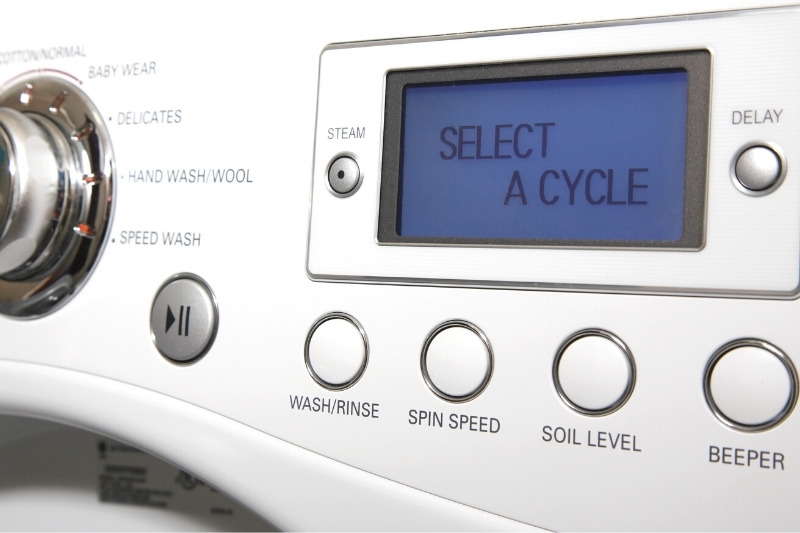
The machine won’t do anything if you haven’t moved the dial or pressed the button to start a cycle.
Solution: Choose a cycle and press ‘Start’. If you’re not sure how to work a washing machine, follow the steps in the user manual.
Not pressed ‘Start’
On the topic of pressing ‘Start’, make sure that you do tell the washing to begin a cycle. It won’t do anything if you don’t give the machine the go-ahead.
Solution: Take your time and make sure you press the ‘Start’ button properly. If you’ve got a modern touchscreen machine, don’t press the ‘Start’ button with a wet hand because it might not pick up your action.
You’ve ignored the washer’s warning signs
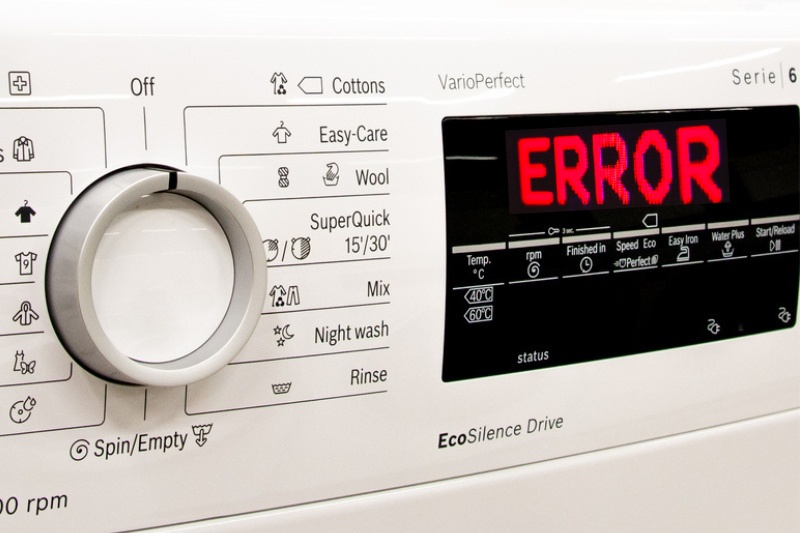
A lot of modern washing machines come with an LED screen that tells you what cycle you’ve picked and how long it’ll take.
The screen can also tell you about any errors or problems the machine has. A warning code will usually flash up, and you then have to check the user handbook to see what the code means.
If you ignore these warnings, you could use your washing machine and do more harm than good to it. Similarly, the code might be telling you why the appliance isn’t starting up effectively.
Solution: Keep an eye out for error codes. And when they do pop up, read your user manual and find out what the problem is. From this point, you can address the issue as needed.
You’ve clicked ‘Delay start’
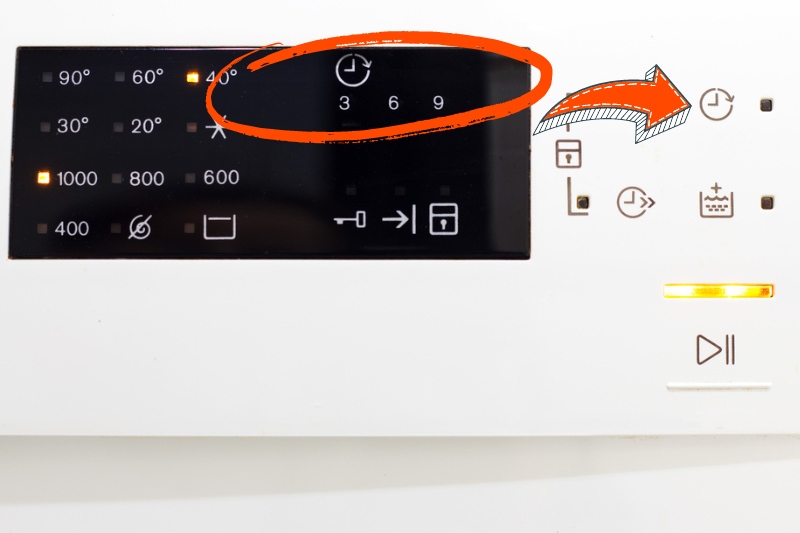
When you’re in a rush, selecting the wrong cycle or option on your washing machine is easy. One error you could make is selecting ‘Delay start’. In turn, you might think that there’s an issue with your appliance when, in reality, there isn’t a problem at all.
Solution: Always double-check your cycle choices. If you do press ‘Delay start’ by mistake, reset the machine and the ‘Delay start’ will be removed.
You’ve set up the child lock system
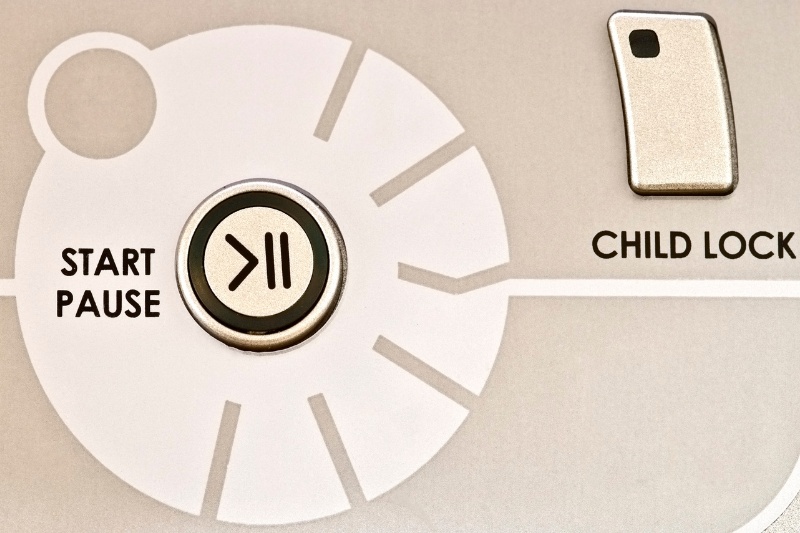
Another common mistake is setting the ‘Child lock’ mode on your washing machine. This stops kids from pressing the buttons and selecting cycles on the washing machine when it’s in use or idle.
Solution: Reset the machine to turn off the ‘Child lock’ feature. If you’re unsure how to switch the ‘Child lock’ off, see your user handbook for a guide on resetting the machine.
Cause 3: Door-related problems
A washing machine door comes equipped with a special locking mechanism that sends signals to the control panel that it’s safe for the machine to turn on and run a cycle.
If the door isn’t functioning as it should, the washing machine might not turn on as a safety feature.
Take note of the following:
Remove obstructions from the door
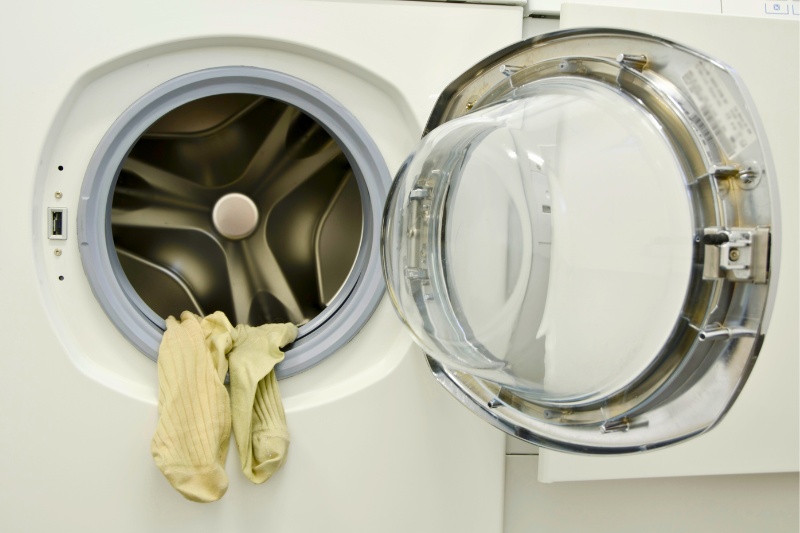
If something is stopping the washer’s door from closing, like a sock, the machine won’t work effectively as a safety precaution.
Solution: Remove the obstruction and close the door. The washing machine should then spring into life.
Faulty door mechanism

If there’s a problem with the door mechanism, say the lock doesn’t work properly, the machine won’t signal the control panel to say that it’s safe to turn on and run a cycle. The appliance won’t work correctly.
Solution: It’s possible to replace the lock on some washing machine doors. However, you must make sure that you order the correct part and fit it correctly.
If you buy the wrong part and don’t fit it effectively, the machine won’t send the right signals to the control panel. Consequently, the machine may not fire up at all.
Cause 4: Faulty start switch
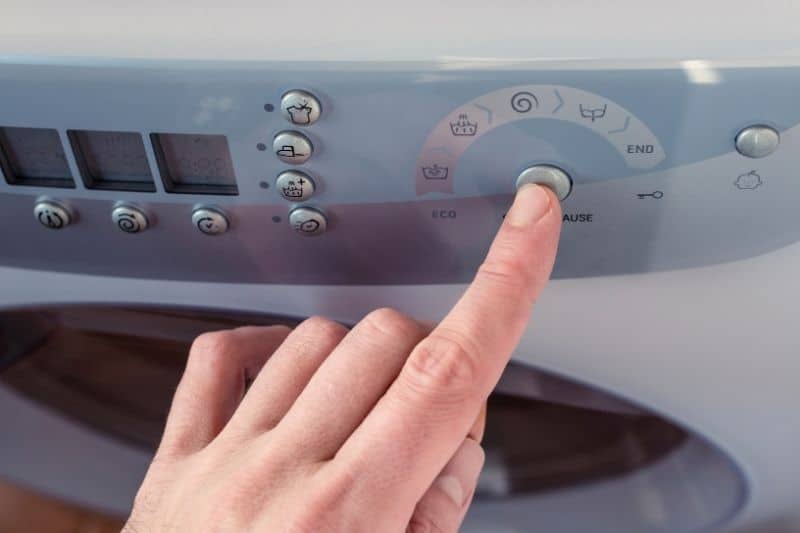
The ‘Start’ switch tells your washing machine’s components that they can start working. This switch is used every time you use the appliance, so you’d expect it to be fairly hard-wearing. And in most cases, it is.
However, there are occasions when the ‘Start’ switch fails. As a consequence, the washing machine won’t turn on because it hasn’t received the proper signal.
Solution: Press the ‘Start’ switch firmly to test out your theory. If nothing happens, try switching your washing machine on and off again to reset it. If the machine still doesn’t start, you’ll likely have to call an engineer to fix the broken switch.
Cause 5: Problem with the control panel
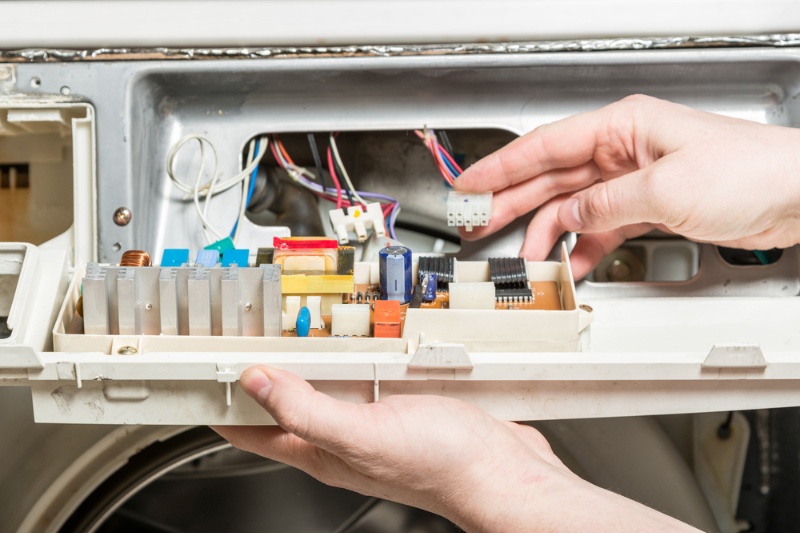
The control panel communicates with the various components in your washing machine to ensure that each part runs as it should, depending on what cycle you’ve chosen.
Unfortunately, control panels can malfunction. As a result, the panel won’t send signals to the rest of the machine to start it up.
Solution: Try to reset your washing machine first. A quick reset can help reboot the system and get it working again. If you can’t get the panel working, it is worth calling an engineer out to fix the issue – control panels are complex and are not always easy to repair, which is why it’s better to call an expert.
Cause 6: The machine has been overworked
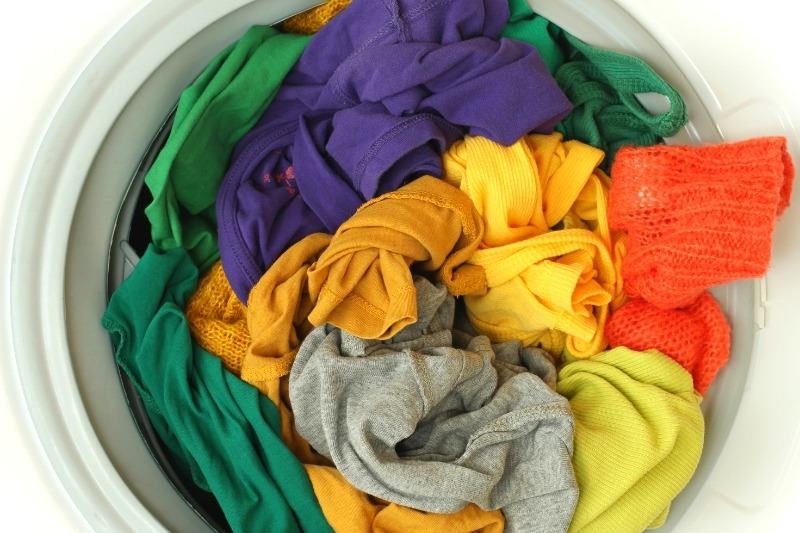
If you’ve overworked your machine, say you’ve run multiple large cycles one after the other, and you’ve not given your washer a rest, it might be worn out and in need of a break.
Similarly, you might’ve been putting loads inside the drum that are way too big for the appliance. As a result, the machine has been put under pressure and cannot function effectively.
Solution: Switch your washing machine off and leave it alone for a few hours. Then, go back to see if it’s working. If it’s not working, some components in the machine might’ve been overworked and are now malfunctioning. See the other causes on this list and try to find the culprit. Or call an engineer.
Tip: Don’t overwork or overload your washing machine for future reference. Always leave a sufficient gap between cycles so your machine can rest a little.
Cause 7: The belt or motor has broken
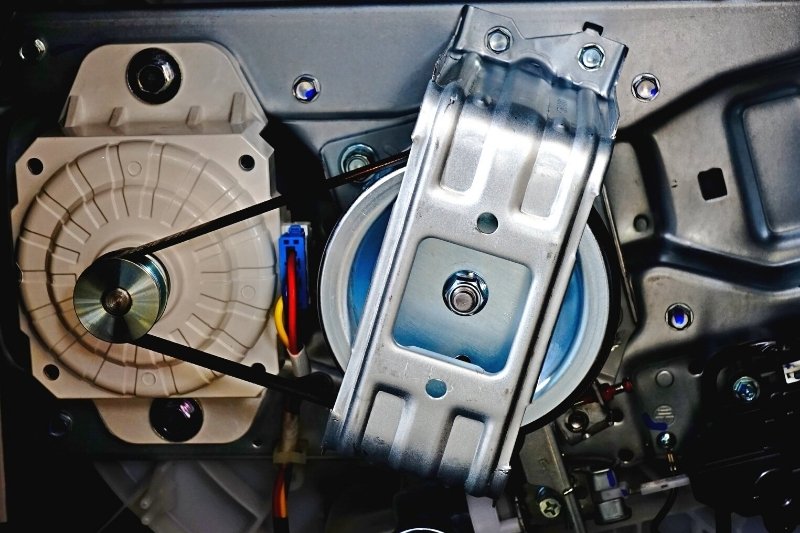
The belt and motor inside your washing machine make sure that the drum rotates and the machine works effectively. If these parts break down or malfunction, this can hinder how the appliance works.
Solution: Repair the belt or motor. You can fix these issues yourself. However, it might be better to call an engineer out to carry out the repair for you. They can also look at the rest of your machine to see if it’s working effectively.
Tip: Don’t overload your washing machine, as this can put strain on the components. Always stick to the weight limit (known as the capacity guide) in the handbook.
Cause 8: Corrosion and scorching
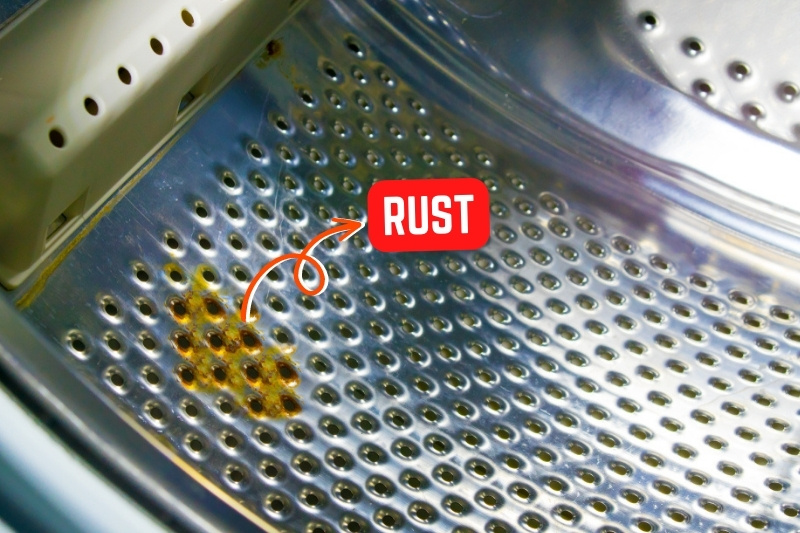
It’s also possible that corrosion or scorching might be stopping your washing machine from working. For example, small patches of rust can lead to more significant problems, and this can cause the larger metal components in your appliance to stop working entirely.
Solution: Assess your whole machine. Keep an eye out for rust or burn marks, as they’re a sign of a problem. If you spot some damaged patches, call an engineer out to assess the issue. The engineer will be able to advise you further.
Solutions to Try
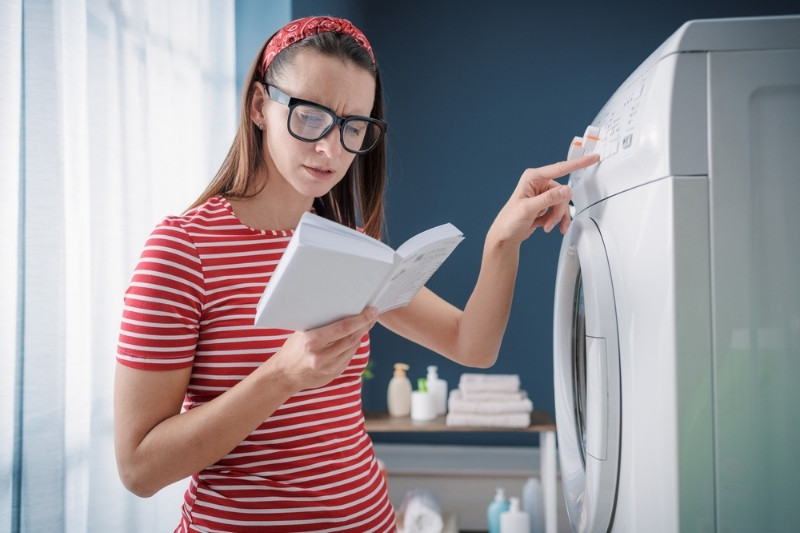
Here are a few basic solutions you can run through to solve your problem:
- Read your user manual to try and figure out what the problem is. If the issue is listed, the manual will offer you a solution – try it!
- Run basic tests on your machine to see what part isn’t working effectively. For example, close the door to test the locking mechanism or test the electricity with a multimeter tool.
- Reset your washing machine to see if the glitch that’s preventing your washer from starting up goes away by itself.
- Take note of any flashing warning lights or error codes that might be coming up on the washing machine’s screen. Then, check your user manual to find out what the signal means. The appliance could be telling you exactly what’s wrong with it, and the fix is super easy and free!
- Have a look on the manufacturer’s website and forums to see if others have suffered the same issue. You can also reach out to others and ask them how they solved the problem.
- Call an engineer out if you don’t know what the problem is or if you don’t want to/can’t fix the issue yourself.
As a general guide, there’ll be some minor issues that you can fix yourself when it comes to your washing machine.
However, there will be times when the problem is more complicated, and you’ll have to call an engineer out.
In addition, some fixes will be free, but others may cost you. If the cost of fixing your washing machine is considerable, it might be time to assess whether or not getting a new appliance is more cost-effective.
Tip: Check to see if your washing machine is still under warranty or if you took out an additional guarantee. Call the company and run them through the problem. You might be able to get your washing machine fixed or replaced for free.

Bethan has a passion for exploring, reading, cooking and gardening! When she’s not creating culinary delights for her family, she’s concocting potions to keep her house clean!
